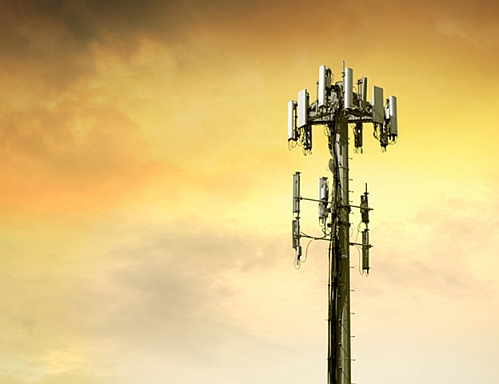The company also announced that it will modify its existing 3G and 3.5G HSPA+ networks to be compatible with the Apple iPhone (both GSM and CDMA models), which we consider to be a rather challenging endeavour.
Nevertheless, the initiative is part of T-Mobile's new Challenger Strategy, which includes $4 billion in network upgrades as it migrates to Long-Term Evolution (LTE) and attempts to become the nation's fourth LTE network, behind Verizon, AT&T and Sprint, respectively.
Of course, Verizon is the only large-scale LTE network that has managed to cover nearly 200 million people in 196 markets across the United States, while AT&T is still building out its LTE network with a current coverage radius of 74 million people in 26 cities across the United States. Nevertheless, AT&T expects to cover up to 170 million people by the end of 2012. Meanwhile, Sprint is barely planning to launch its 4G LTE network "in the first half of 2012" with expected coverage for the cities of Atlanta, Dallas, Houston and San Antonio; however, no plans for the largest metropolitan areas - Greater New York, the San Francisco Bay Area and Southern California, have been announced as of yet.
T-Mobile's $3 billion compensation, or "break-up fee" from AT&T, includes $1.4 billion in "incremental network investment" between 2012 and 2014. As the company is last to the party to hop on the LTE bandwagon in the United States, analysts and investors remain concerned about the company's marketing efforts to take 4G off the ground, considering that it currently markets its 3.5G HSPA+ capacity as a "fourth-generation network."
"Marketing the service will be tough when it has spent the last several years convincing its customers it is already offering 4G," Ovum Chief Telecom Analyst Jan Dawson said in a statement.
Published in
News
T-Mobile officially begins building its 4G LTE network

Launching sometime in 2013
Earlier on Thursday, T-Mobile USA officially announced plans to use the $3 billion payout it received from AT&T's failed merger plans as a means to build its own fourth-generation LTE network. The announcement included talk of a "$4 billion network modernization and 4G evolution effort, which will improve existing voice and data coverage and pave the way for Long-Term Evolution (LTE) service in 2013."
Tagged under



